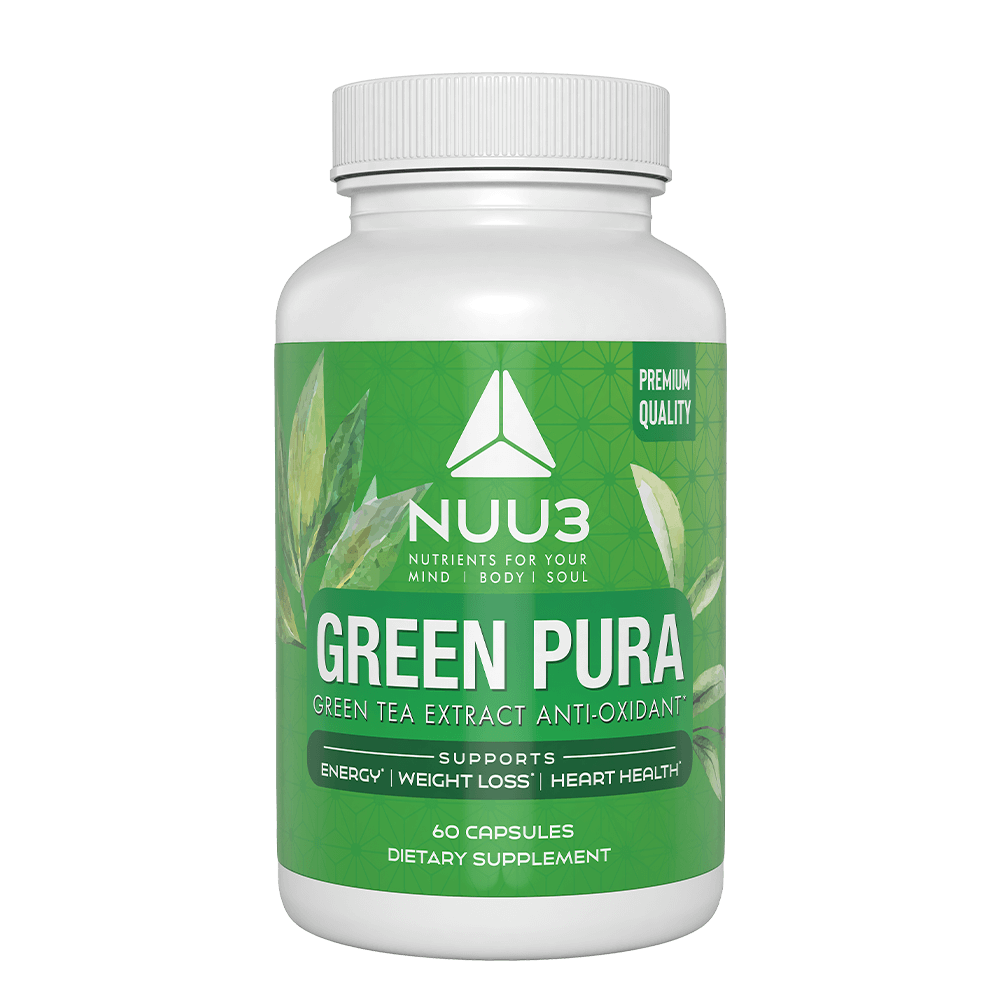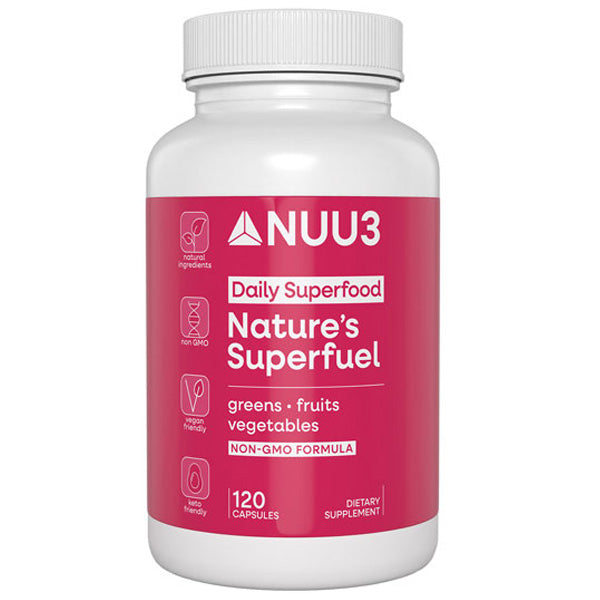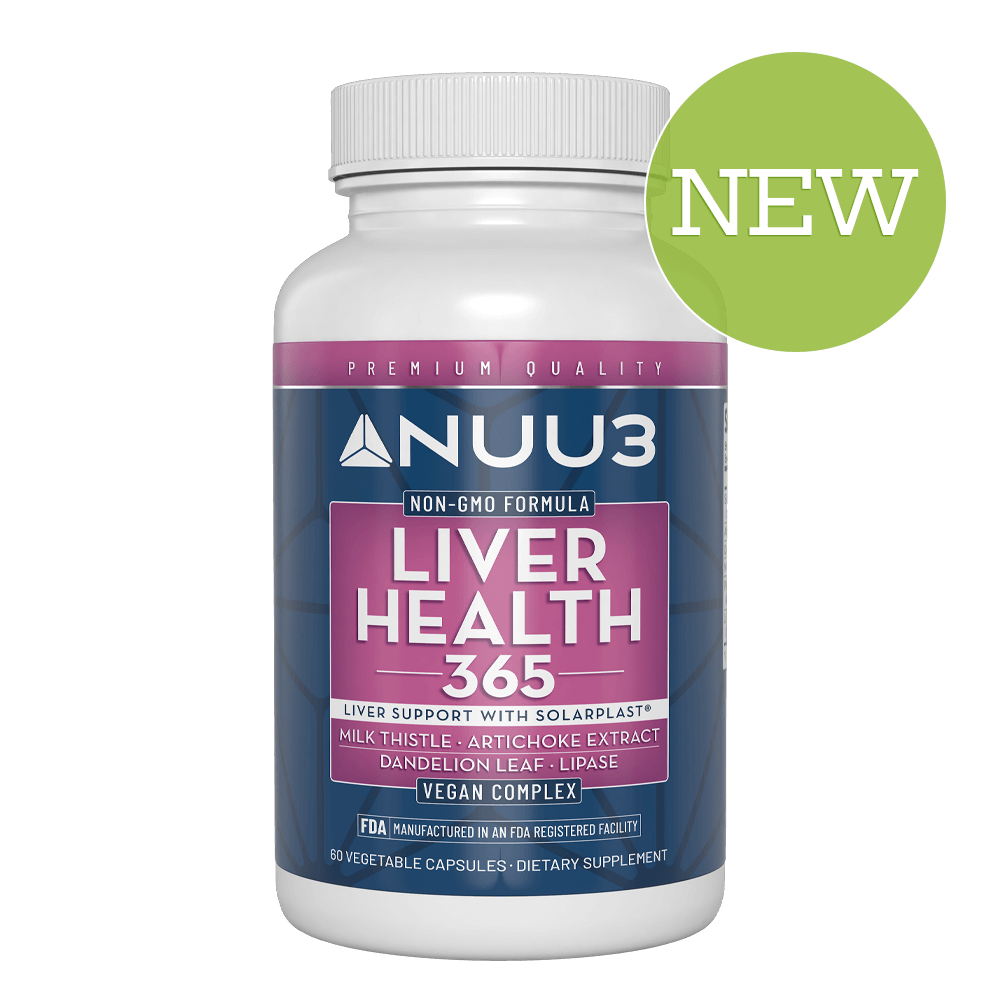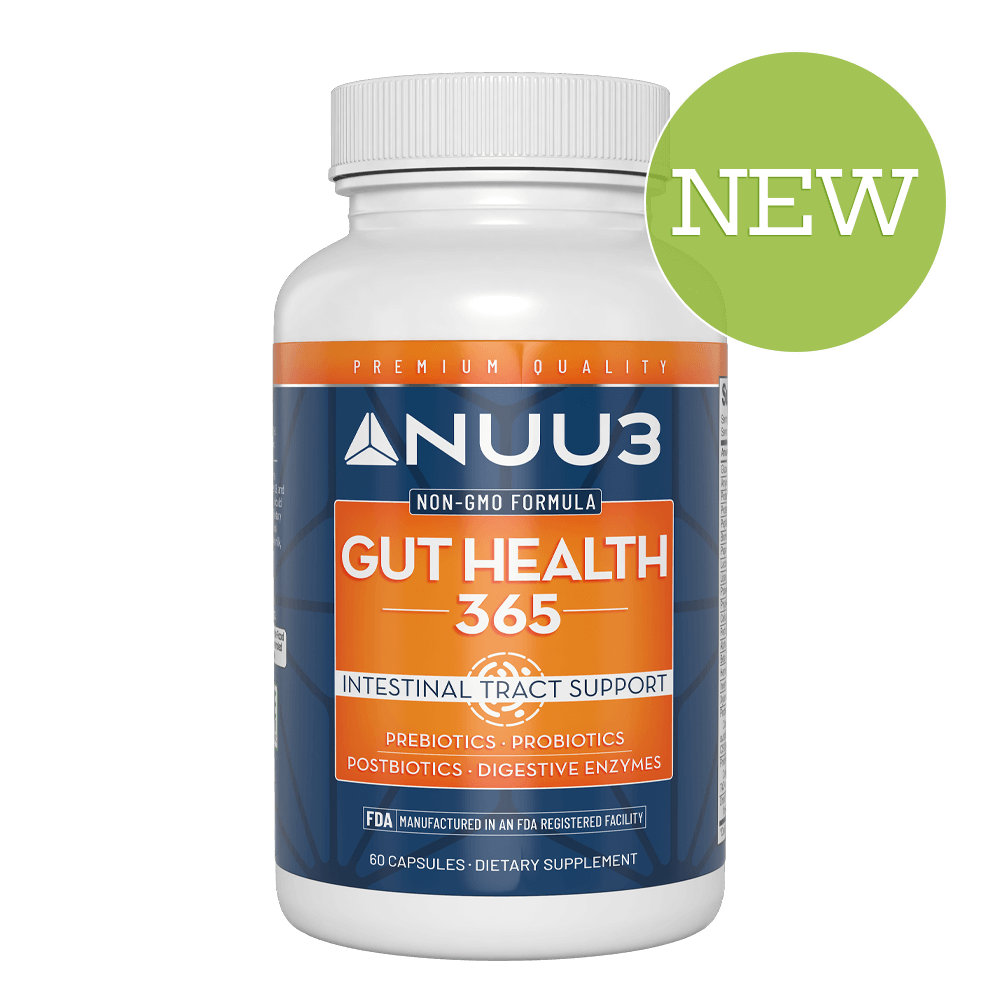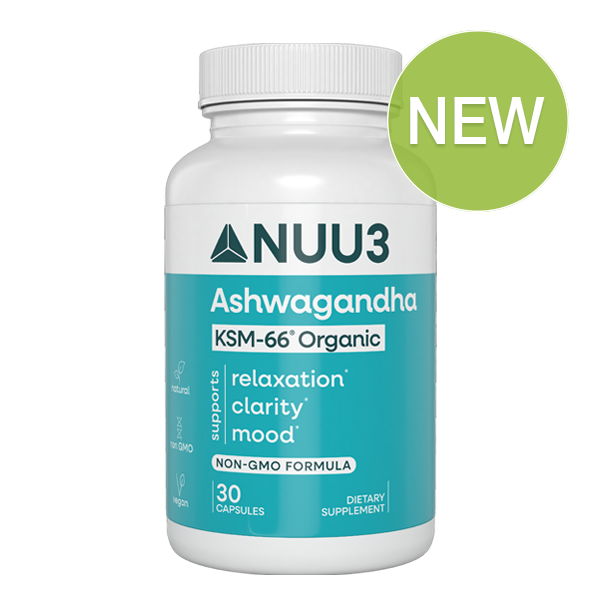Breathe In, Breathe Out: The Art of Relaxation!

This article is about the art of relaxation or relying on deep breathing to calm the mind. Mindful breathing has many health benefits and it’s easy to include it in your daily life. The article also lists exercises that you can do and explains how mindful breathing works.
A hectic lifestyle causes stress and anxiety. Millions of people experience these struggles, but it doesn’t have to be that way. The art of relaxation has never been more important than it is today. While you breathe in and breathe out, you’re giving your body the opportunity to relax and achieve a sense of calm. If you’re looking for a way to relax and aren’t sure how to do so, this article will help you out.
Why is Relaxation Important in Today's Fast-Paced World?
Relaxation is important because the fast-paced world harms mental and physical health and well-being. A busy or hectic lifestyle increases cortisol (stress hormone) and may trigger or contribute to serious mental health disorders. These include:
- Anxiety
- Depression
- Substance use disorders
A fast-paced lifestyle may also contribute to feeling:
- Overwhelmed
- Inadequate
- Sad
- Frustrated
- Angry
- Lonely
- Hopeless
- Guilt
Physical effects of a hectic, fast-paced lifestyle include restlessness, muscle tension or pain, headaches, inflammation, weakened immunity, fatigue, changes in sex drive, digestive problems, cardiovascular issues, and sleep problems such as insomnia. For example, a busy work schedule makes it difficult to adhere to a healthy diet. An unhealthy diet contributes to weight gain.
Since a fast-paced world reduces the quality of life, it is necessary to master the art of relaxation. Breathing exercises for relaxation can make a huge difference and improve physical and mental well-being.
Why is Mindful Breathing necessary for Relaxation?
Mindful breathing aids in achieving relaxation because it provides an anchor on which we can focus when trying to relax. Stressful, interrupting thoughts make it difficult to relax properly. That happens because we cling to the stressful thoughts and end up feeling upset, overwhelmed, and more tired. As we focus on breathing in and breathing out, it becomes easier to overcome irrational thoughts and thereby achieve relaxation. Mindful breathing teaches us to stay present in the moment rather than paying attention to distractions.
The Basics of Breathing
Breathing is the action of moving air into the lungs to facilitate respiration. Respiration is the exchange of oxygen and carbon dioxide with the environment. When you inhale (breathe in), the diaphragm contracts and moves downward. This is done to increase space in the chest cavity. The lungs expand into that space.
The muscles between the ribcage increase the chest cavity, too. As you breathe in, these muscles contract so that they can pull the ribcage outward and upward.
The air you inhale moves through the trachea (windpipe) and reaches the lungs. The air passes through the bronchial tubes and reaches the alveoli (air sacs).
Oxygen from the air you breathe in travels through the alveoli straight to the capillaries. Red blood cells use hemoglobin to pick up that air.
Oxygen-rich blood starts moving through the pulmonary veins to the heart’s left side. The heart’s job is to pump oxygenated blood to the rest of the body. The blood moves from blood vessels to the cells. The cells require oxygen to produce energy. In the process of generating energy, the cells make the waste product – carbon dioxide. It can’t stay in the body and has to be removed. That’s why carbon dioxide is pushed from the cells into the blood, travels to the heart’s right side, moves through the pulmonary artery, and reaches the lungs. Then, it goes through the capillaries to the alveoli and you breathe it out.
Ribcage muscles and diaphragm relax when you exhale. Reduction of the space in the chest cavity ensues. The lungs then deflate. The air rich in carbon dioxide flows out.
Humans take around 20,000 breaths per day. Breathing rate affects physical and mental health. For example, fast breathing can reduce carbon dioxide levels and contribute to panic and anxiety. Breathing affects cardiovascular health and physical performance.
It’s also something that can potentially affect your physical health. For example, the right breathing exercises could help to improve oxygen intake in your body, potentially helping with your immunity. Now, combine this with a supplement like Nuu3 Immune Plus, and your body becomes more capable of fighting against infectious diseases.
Mindful Breathing Techniques
Mindful breathing is when you focus on the sensation of the breath coming in and out of the body. It is a type of mindfulness. The term mindfulness means being aware of the present moment without judgment. Mindful breathing is important because most people aren’t aware of their breathing patterns. They may take faster breaths, which can cause stress. Mindful breathing makes it easier to relax.
Mindfulness in the form of breathing to relieve stress is a simple practice. Through this, a person may notice the breath and how or where they feel it in the body without trying to change it.
Make mindful breathing a part of daily life by setting aside a few minutes each day to breathe in and breathe out. Even a few minutes can make a huge difference. Practice mindful breathing in a quiet place where disturbances are minimized.
When you want to maximize the effects that mindful breathing exercises can offer you, it’s important to consider additional elements that can help. For example, Nuu3 Nature’s Superfuel can be an excellent addition to your daily routine for an overall boost. There are many mindful breathing techniques (see below), so choose the one that suits you the most.
Benefits of Mindful Breathing
The benefits of mindful breathing are fully engaged diaphragm, stomach muscles, and the abdomen, thus allowing us to control our breaths and how they affect our health. Major benefits of mindful breathing include:
- Increased relaxation and calmness due to the release of endorphins (feel-good chemicals in the brain)
- Stress-relief
- Energy boost
- Lower blood pressure
- Increased cognitive abilities
- Reduced inflammation in the body
- Stronger immunity
- Improved cardiovascular health
- Reduced depression and distress
- Better focus
- Improved quality of sleep
- Improved management of chronic sinusitis
Other benefits of taking deep breaths include stimulation of the lymphatic system (body detox) and improved digestion. Deep breathing improves posture. Many people don’t have proper posture when sitting or standing, which is why this can particularly pose an improvement to them. Better digestion contributes to more effective weight management.
Mindful breathing is a great way to improve mental health and manage anxiety. Taking deep breaths increases positive thoughts and improves self-awareness of emotions. It reduces cortisol and helps manage stress or negative reactions to stressful stimuli. A more balanced heart rate and blood pressure are also involved. This is how mindful breathing can help with anxiety.
Mindful breathing is particularly useful for the management of stress and anxiety when combined with other practices such as taking Nuu3 Keep Calm Gummies Anxiety Relief Formula. Keep Calm gummies exhibit fast-acting effects such as stress relief, relaxation, and anxiety reduction. With regular use, the product helps ease physical tension in a safe, non-habit-forming way.
Breathing Exercises to Achieve Relaxation
There are many breathing exercises for relaxation that you can try. The easiest one is the calming exercise that requires you to do the following steps:
- Position feet hip-width apart
- Inhale as deeply as it feels comfortable, gently and regularly (count from one to five)
- Release the air flow out (exhale) gently while counting from one to five again
- Repeat the process for three to five minutes
Another great example is the 4-7-8 technique. This technique requires you to:
- Take deep breaths for four seconds
- Hold the breath for seven seconds
- Exhale for eight seconds.
There is also a 4-4-6-2 exercise. In this case, you:
- Take deep breaths for four seconds
- Hold the breath for four seconds
- Exhale for six seconds
- Hold for 2 seconds.
You can also try pursed lip breathing to relieve stress by:
- Relaxing neck and shoulders
- Inhaling slowly for two counts
- Keep your mouth pursed (closed)
- Exhaling slowly through the pursed lips to a count of four
Frequently asked questions about Breathing for Relaxation
What does “breathe in, breathe out” mean?
“Breathe in, breathe out” means inhaling and exhaling properly to get the most from a specific breathing exercise and breathing in general. It is a form of mindful breathing. In order to relax, we should inhale and exhale slowly and deeply. Focus on every breath in order to avoid paying attention to negative thoughts and other instructions. The importance of proper breathing techniques is often overlooked. That’s why it’s useful to practice breathing exercises and achieve relaxation.
Can anyone practice the “breathe in, breathe out” method?
Generally speaking, anyone can practice the “breathe in, breathe out” method. It is a safe activity that everyone can perform, even if you’ve never done breathing exercises before. However, people who have trouble breathing or easily become lightheaded and dizzy may need to be careful when doing this method. It’s useful to consult a healthcare provider before doing these exercises. People who are on oxygen therapy should do the same. This breathing method is safe, but be careful when you start doing it. People with seizures should consult a doctor too. Breathing exercises affect how much oxygen enters the body, which may trigger seizures. Consult this matter with your doctor first.
What are the benefits of incorporating the “breathe in, breathe out” into my daily routine?
The benefits of incorporating breathing exercises for relaxation into your daily routine include effective stress relief and a stronger immune system. Additionally, breathing exercises can make you more energetic. They can manage blood pressure and improve digestion. Breathing exercise protects our mental and physical health and overall wellbeing. Deep breathing is simple and time-efficient. However, it can lead to much-needed relaxation. Moreover, breathing exercises are free, and you can do them everywhere, that’s why they’re the best ally a person can have.
How do I properly perform the “breathe in, breathe out” exercise?
There are plenty of options to do the proper breathing to relieve stress. The easiest exercise is to allow your breath to flow as deep as possible into the abdomen, without forcing it. You should feel comfortable while doing so.
Inhale through your nose and exhale through your mouth. Inhales should be gentle and regular. You can count to five while doing this. Exhale gently, without holding or pausing your breath. You can count from one to five again. This exercise is easy to perform in any position. It doesn’t matter whether you’re standing, sitting, or lying down. Just make sure you’re comfortable and your feet are hip-width position.
There are many techniques to breathe in and breathe out, but they all rely on deep inhaling followed by exhaling. The main point is to focus only on your breath, nothing else at that moment.
Conclusion: Achieving the Power of Relaxation
Proper relaxation is crucial for physical and mental health. Mindful breathing plays a major role in achieving relaxation effectively. As you breathe in and breathe out, you normalize blood pressure and heart rate, relieve stress and anxiety, and experience other benefits.
Mindful breathing to relieve stress is necessary because a busy, fast-paced lifestyle increases stress and causes many health problems. Make sure to introduce this breathing practice into your daily life alongside natural products that calm your mind. You will notice improvements in your quality of life.
References
1] https://www.ncbi.nlm.nih.gov/pmc/articles/PMC6950581/
2] https://www.ncbi.nlm.nih.gov/pmc/articles/PMC3464955/
3] https://www.britannica.com/science/breathing
4] https://www.nhlbi.nih.gov/health/lungs/breathing-benefits
5] https://www.smithsonianmag.com/science-nature/how-does-breathing-affect-your-brain-180980950/
6] https://www.ncbi.nlm.nih.gov/pmc/articles/PMC10224217/
7] https://www.wisemanfamilypractice.com/the-benefits-of-mindful-breathing/
8] https://www.urbanbalance.com/benefits-deep-breathing/
9] https://www.ncbi.nlm.nih.gov/pmc/articles/PMC5455070/
10] https://www.nhsinform.scot/healthy-living/mental-wellbeing/stress/breathing-and-relaxation-exercises-for-stress
11] https://www.othership.us/resources/breathwork-side-effects


